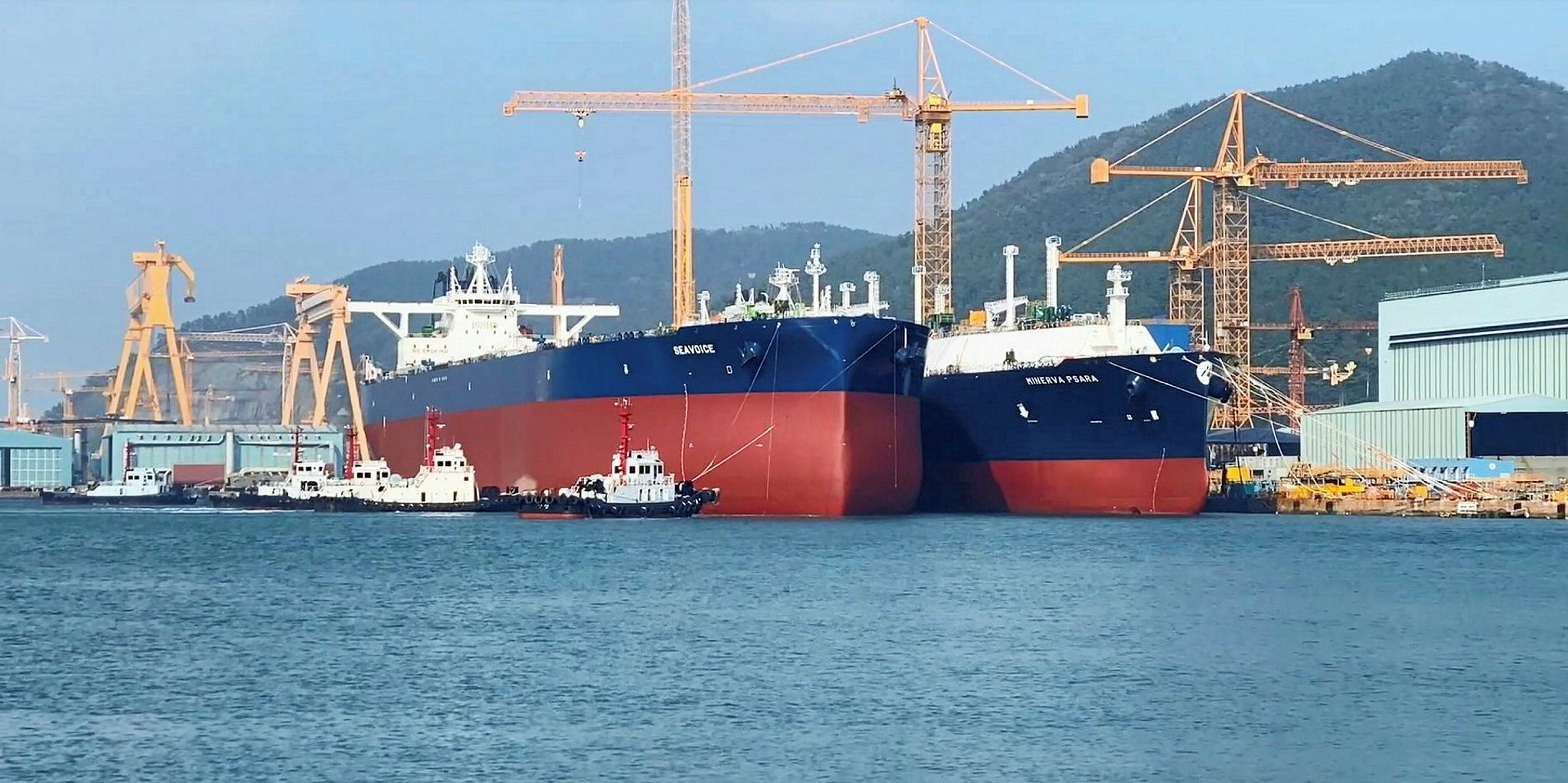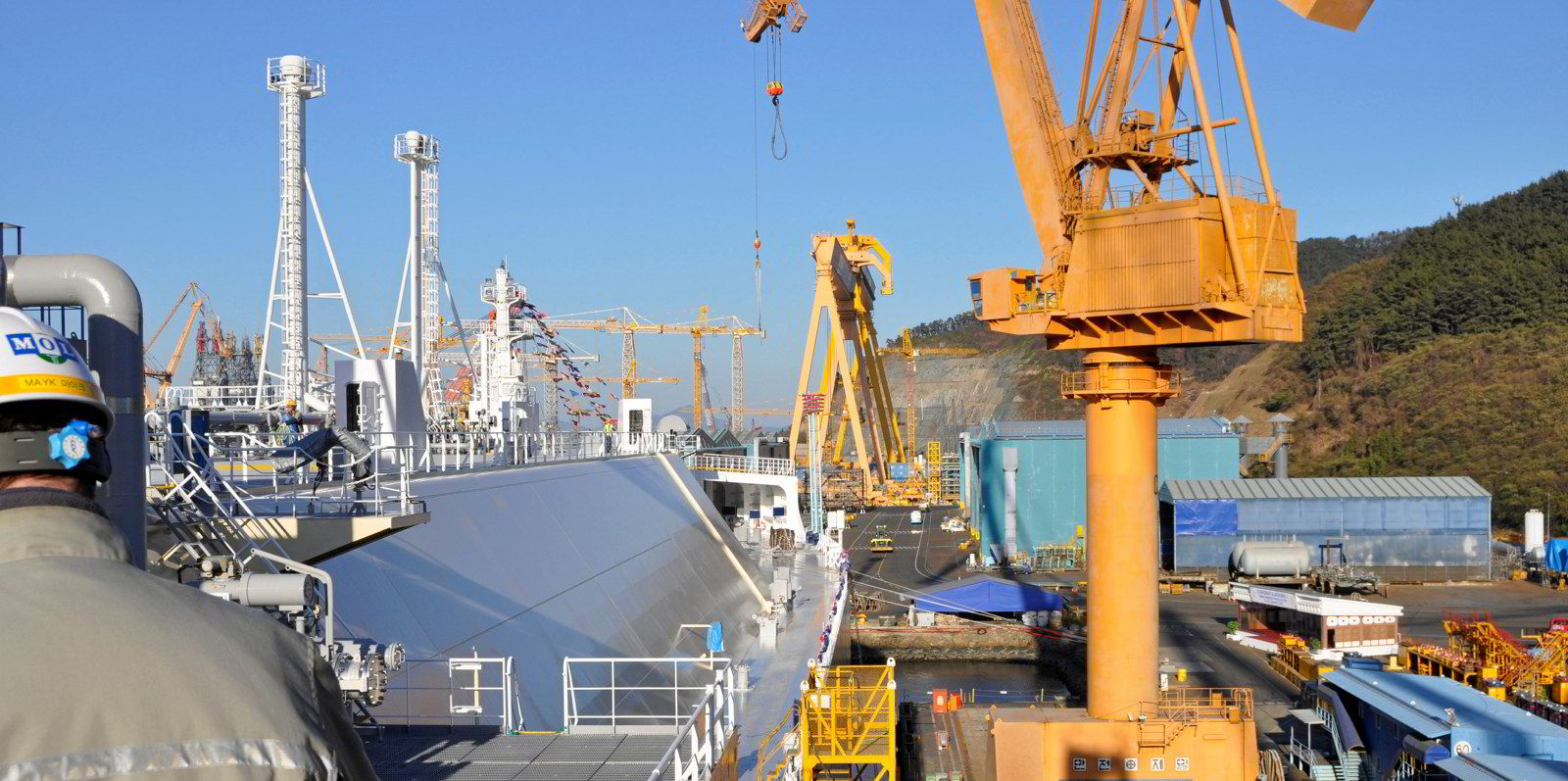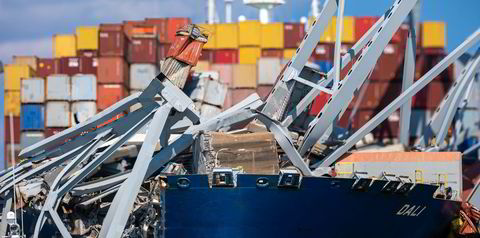UK shipbroker Simpson Spence Young (SSY) is tipping reduced levels of tanker ordering in the final part of 2021 as prices rise at shipyards.
The shop estimates the cost of a new VLCC in South Korea was $87.5m at the start of year, but by July this figure had jumped to $95m.
"Orders are more likely to be based on fleet renewal or with a charter already in place," SSY said in its latest monthly report.
"The market is less likely to see sporadic ordering, which has been so prevalent over recent years, due to the shift towards low [and] zero carbon fuels."
SSY also believes fewer orders should be positive for the tanker market, especially with oil demand forecast to recover further in 2022.
Across the first eight months of the year, around 380 containerships and 350 bulkers were ordered, up from roughly 70 boxships and 180 dry cargo vessels at the same point in 2020.
Surge hoovering up berths
This surge in ordering from other sectors has decreased the number of berths available to tankers.
"The limited space available has enabled shipyards to increase their bargaining powers and has contributed to the sharp rise in newbuild prices, which has also been driven by the rise in steel prices," SSY added.
The average gap between contracting and delivery of a VLCC in South Korea in 2020 was 18.6 months, but this is now 22.6 months.
"In theory, owners would have to wait until end-2023 to receive a VLCC if ordered in the fourth quarter of 2021, providing build times do not increase further," SSY said.
Tanker newbuilding ordering started 2021 strongly, with 11m dwt contracted in the first three months, SSY calculates.
This was up 3.63m dwt year-on-year.
Orders slow across 2021

Crude tankers dominated, accounting for over 85% of orders in terms of deadweight.
Although contracting fell to roughly 7m dwt in the second quarter, this was still above the 5.63m dwt quarterly average observed between 2016 and 2020.
"In fact, the 18.08m dwt ordered across first half 2021 was the strongest first six months of the year since first half 2015, when 21.78m dwt was ordered," the broker said.
Orders have slowed further into the third quarter, with 0.31m dwt of crude tankers and 1.4m dwt of product tankers contracted in July and August.
The orderbook as a percentage of the fleet is still low at 8.4%, down from 9.4% at the start of 2021.
Assuming no further vessels will be ordered this year for delivery in 2022, the delivery profile for 2023 is roughly 25% lower than next year.
"However, across the top builders, only Japan seems to have the ability to receive orders for 2023," said SSY.
Gibson Shipbrokers has already argued that tanker owners looking to invest in new tonnage might have to bite the bullet and accept higher newbuilding prices.
Steel prices reached multi-year highs in May and although they have since eased back, values remain above levels seen between 2016 and 2020, the company said.






